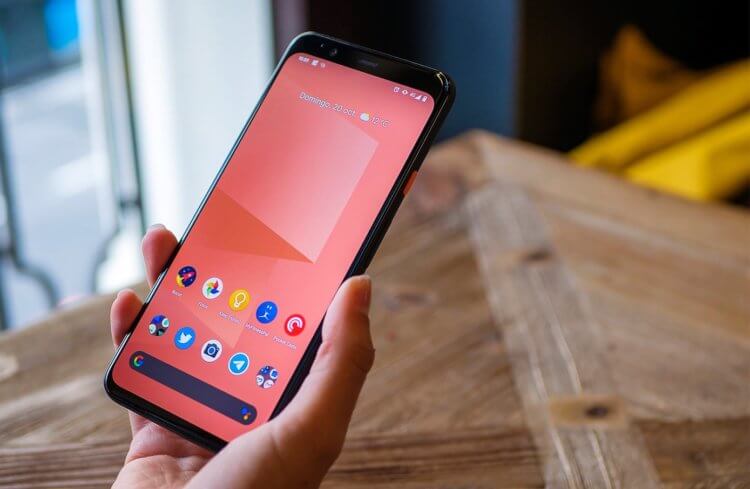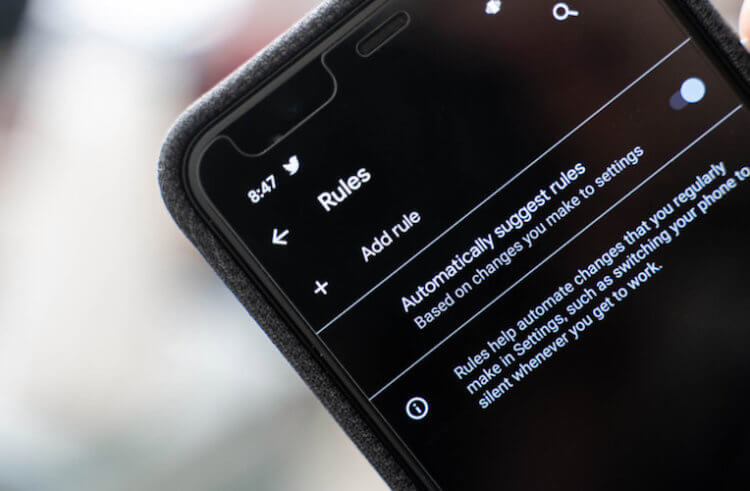Copying someone else's work, especially if the owner is Apple, is very dangerous. Samsung has already seen this from its own experience, although initially its plans were truly Napoleonic. Therefore, now if someone borrows the ideas of the company from Cupertino, he tries to beat them so that at first glance it would be impossible to say unambiguously who is the author of the original idea. Nevertheless, sometimes the idea turns out to be so successful that leaving it unattended and not implementing it for many manufacturers is a completely overwhelming task. For example, as is the case with Google.

Google copied the features iPhone but implemented them in a very peculiar way
Google has unveiled a March update for the Pixel line of smartphones, which includes a number of new features that were not previously found in the firmware of devices. We have already talked about one of them, but there are still a couple of interesting innovations that deserve your attention. Of course, this is an analogue of 3D Touch and 'Quick Commands', which until recently were a real exclusive of smartphones from Apple.
3D Touch on Android

Google was able to implement recognition of increased clicks using software algorithms
Google itself chose not to dwell especially on its own analogue of 3D Touch, and therefore did not even come up with a special name for it. For now, anyway. Because on the page describing the update, there is the following line: 'In addition to holding, you can also press harder on the screen to get more out of your apps.'
From the description of the update, it follows that Google does not attach much importance to this function, and even more so does not strive to somehow compare it with 3D Touch. And that would be very strange, considering that special equipment is required to perceive the increased pressure. For example, Apple for this they had to equip their smartphones compatible with 3D Touch with a special resistive layer that would recognize pressing clicks. Pixel smartphones – even the newest ones – don't have anything like that. However, Google has found a way out of this situation in its own style.
How 3D Touch works on Android
Google's descriptive documentation says that the Deep Press API is responsible for recognizing hard clicks, which uses neural networks to determine if the user is pressing hard on the screen. However, increased pressing is not intended to expand functionality in any way Android, as it was with 3D Touch, but is a kind of alternative to holding. That is, instead of holding a finger on the application icon, the user will be able to press on the screen harder than usual, neural networks will recognize this, and will give the result a split second earlier. Thus, you can call the context menu and view messages without opening them.

Rules – analogous to Quick Commands from Google
Another innovation of the March update was the Rules function, or in Russian translation 'Rules'. It is analogous to the 'Quick Commands' on iOS and is intended to automate processes. However, unlike Quick Commands, Google's solution will not require your input at all, using only location or wireless networks as triggers. In simple terms, the user will be able to write such a scenario so that the smartphone, for example, turns on the Do Not Disturb mode when connected to a home Wi-Fi network and, conversely, turns it off as soon as he leaves the house.
Quick Commands for Android
In my opinion, 'Quick Commands' is one of the best innovations to appear on iOS in the last few years. Thanks to them, I was really able to expand the functionality of my iPad, turning it into a truly workable tool, not to mention the fact that I significantly reduced the time spent on performing certain processes. Therefore, it seems to me perfectly logical for Google to pay attention to the experience Apple and apply it in their own. However, given how long it took for the search giant to make Google Pay normal, I would not hope for a quick epiphany.
